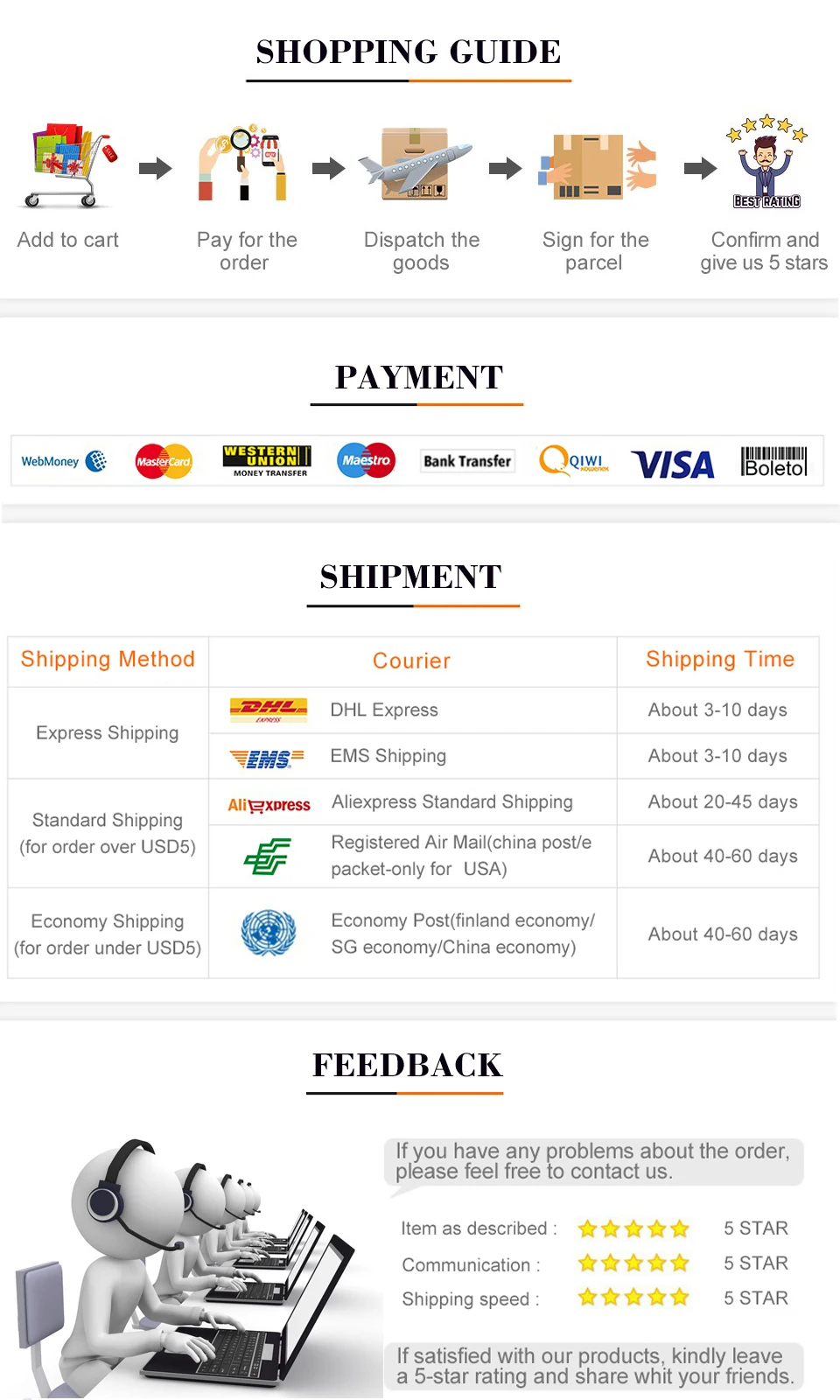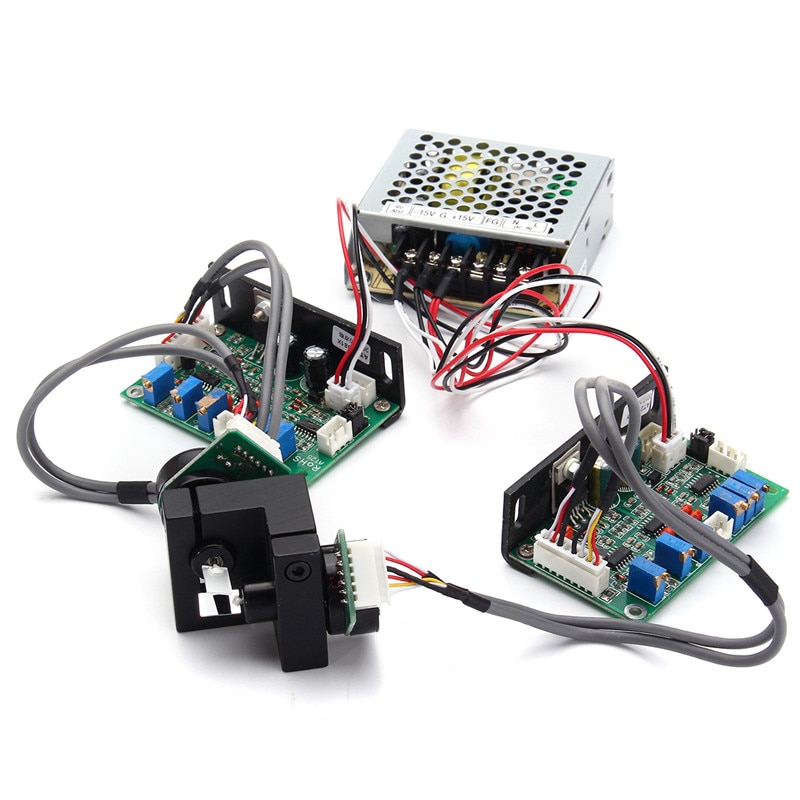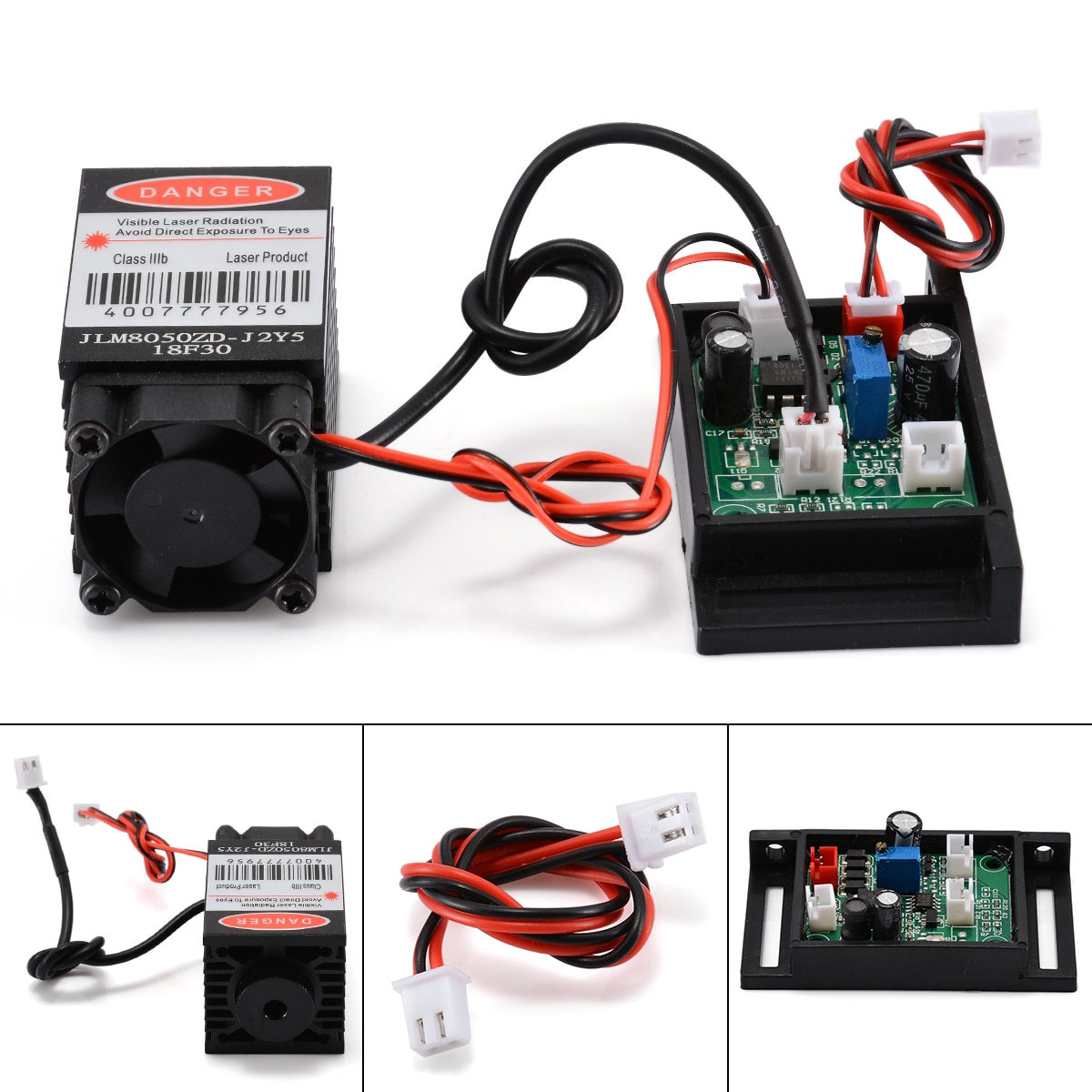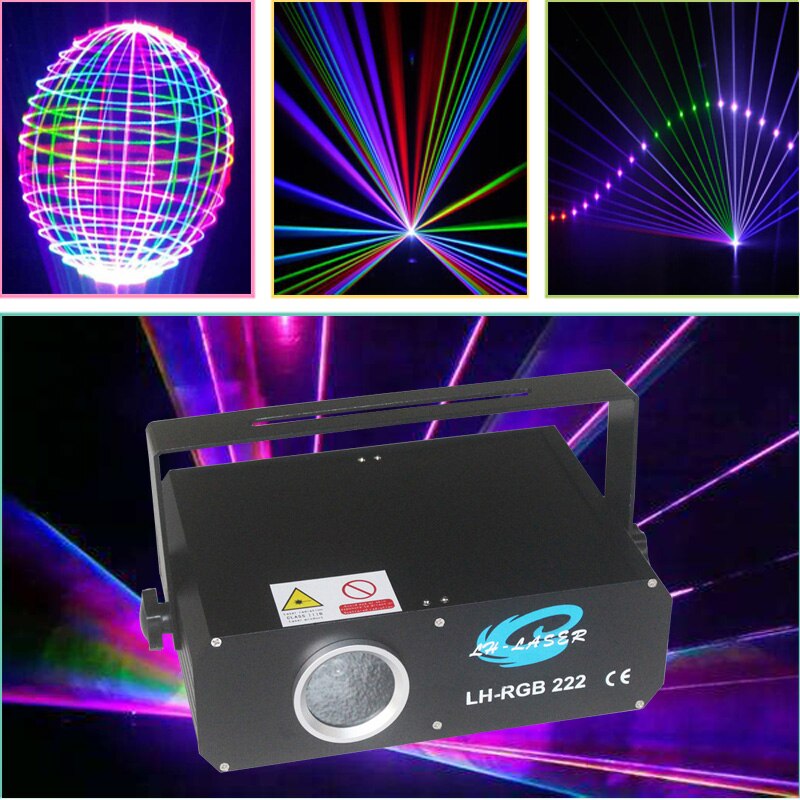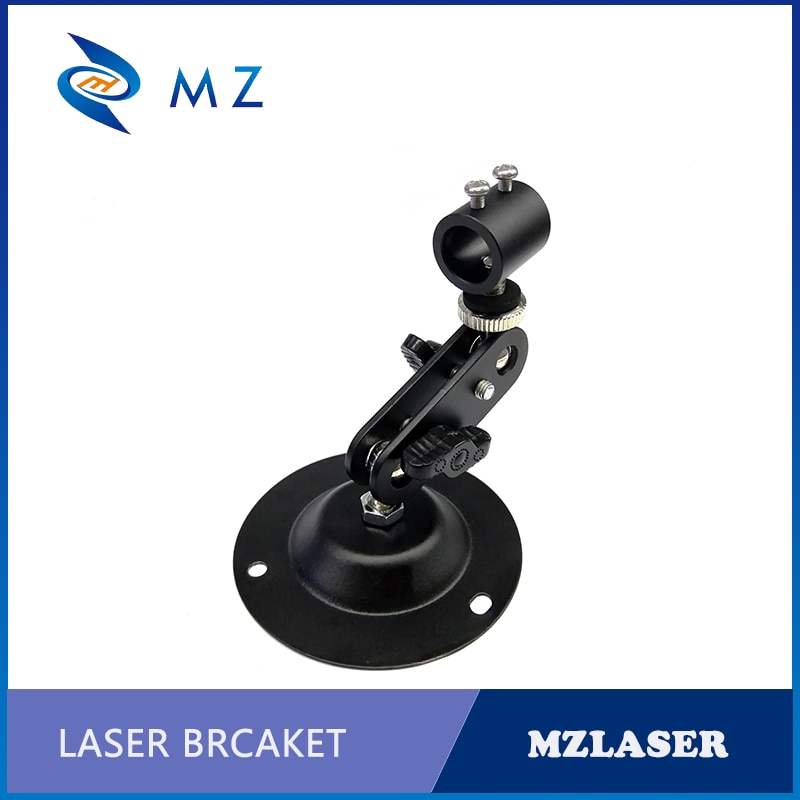Description

1. The laser must never point to the eyes of oneself or others at any time, even if the laser is turned off, there is a possibility of being accidentally opened.
2. The laser can not illuminate any reflective surface or smooth surface. The laser has excellent reflectivity. When it is irradiated onto the reflective surface, it will produce reflection. If it happens to be exposed to the human eye, it can cause damage.
3. The laser is not a toy. It cannot be used by children, people with insufficiency, and those who do not understand the characteristics of the laser. In this case, it is very easy to cause injury.
4. Wear special goggles when using the laser. This is especially important for invisible lasers.
5. The laser cannot be used to illuminate vehicles, airplanes, etc.
6. Pay attention to the safety of the laser battery to prevent others from disassembling the battery and causing short-circuit burning or battery explosion.
The principle of laser emission and the particularity of the production process determine that the laser has the characteristics that ordinary light does not have: three good (good color, good coherence, good directionality) and high (high brightness).
Name: Laser small copper head (red light)
Transmitting power: 5mW
Working life: more than 1000 hours
Spot mode: spotted spot, continuous output
Laser wavelength: 650nm
Power: 50mW
Voltage: 3V
Current: <20mA
Working temperature: -36 ° C ~ 65 ° C
Storage temperature: -36 ° C ~ 65 ° C
Spot size: 15 meters at φ10mm~φ15mm
Mainly used in laser toys, various levels, grounding instruments, etc. The laser head consists of three parts: the light-emitting die, the condenser lens and the copper adjustable sleeve. When the user is sent to the user, the three parts have been assembled. The focal length is also adjusted, and it has been glued with super glue. The user can work with 3V DC power supply.
In theory, in the ideal case (no dust, no smoke, no obstacles), the laser transmission distance is unlimited. In the case of high air quality, the laser head can reach a flow distance of more than 1KM when the working current is 20MA. On a normal cloudy night, it is clearly visible on objects that are 200 meters away. At close range, even in the daytime sun, it is clearly visible on outdoor roads and buildings.
Making electronic pointers: When the teacher lectures, he uses laser projection points to draw students to observe and think.
Electronic level: Let the motor drive the optical head to rotate or twist, and project it into a straight line on the wall for horizontal reference when decorating or posting new year pictures.
Micro Liquid Crystal Projection: Remove the concentrating mirror and let the laser pass through the controllable LCD screen to produce a clear projection on the wall.
Remote laser monitor: Let the laser shine on the glass of the room being eavesdropped, then receive the laser beam reflected back from the glass, and detect the vibration of the glass to restore the sound of the room.
Remote light control burglar alarm: Install a laser tube and a photoresistor at the corner of the fish pond or watermelon field to be protected, and install a reverse mirror at the other three corners to form a protection zone.
Long-range laser wireless communication: using a pair of laser transceivers to face each other in two distant roofs, using the serial communication protocol of the single-chip microcomputer to send and receive files, and even networking.



